8 Best Tourist Places in KadapaKadapa, located near the banks of the River Penna, offers a picturesque view of the Palkonda and Nallama Hills that surround it. The city has a long and illustrious history. Many famous empires have reigned over this ancient town. As a result, the influences of various cultures can still be found in the city and its way of life. If you want to spend your vacation somewhere peaceful with a rich cultural background, tourist attractions in Kadapa could be a natural choice. While forts provide insight into the grandeur of the past, places of various faiths provide insight into the various influences that were prevalent. The wildlife sanctuary in the dense forests transports you to another world. In short, Kadapa is an ideal destination for those looking to reconnect with nature in an ancient land. Let's take a look at the top tourist places to visit in Kadapa that highlight the city's cultural richness and fine artistry. 1. Belum Caves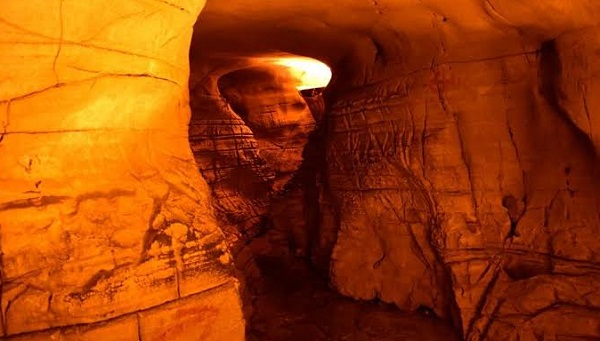
The Belum Caves, located in the Nandyala district of Andhra Pradesh's Rayalaseema region, are the second largest cave system on the Indian subcontinent and are famous for their speleothems such as stalactite and stalagmite formations. Long passages, galleries, spacious caverns with fresh water, and syphons can be found in the Belum Caves. The constant flow of underground water from the now-disappearing river Chitravathi formed this cave system over tens of thousands of years. The cave system reaches its deepest point of 151 feet at Pataalaganga. Belum Caves are the second largest caves on the Indian Subcontinent, after the Krem Liat Prah caves in Meghalaya, with a length of 10,593.8 feet. It is one of the most important Monuments of National Importance. The Belum Caves are located near Belum Village in Nandyal district's Kolimigundla mandal (previously in Kurnool district) in the state of Andhra Pradesh. Kolimigundla is 3 kilometres (1.9 miles) from Belum Caves. The caves are located 8 kilometres (5.0 miles) from Petnikota village. Belum is part of a larger complex of caves carved out of the Erramalai region's limestone deposits. Billasurgam caves, Sanyasula caves, Yaganti caves, Yerrajari caves, and Muchchatla Chintamanu caves are among the other caves (caves are called gavi in the local language). For entry, Indian tourists are charged Rs. 65, while foreign tourists are charged Rs. 300. An electronic cave gate guards the entrance. The cave is accessible via a metal staircase. The entrance pit was originally much smaller than it is now. It was widened to accommodate the staircase, making it easier for visitors to descend and ascend. 2. Gandikota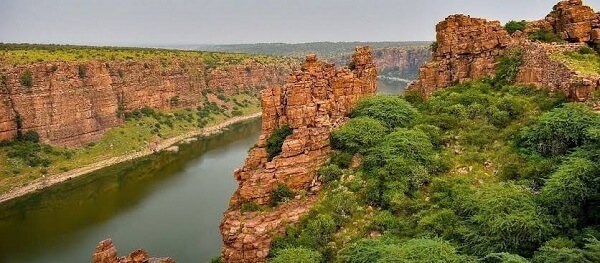
Gandikota is a village and historical fort on the right bank of the Penna river, 15 kilometres from Jammalamadugu in Kadapa district, Andhra Pradesh, India. The fort served as the seat of power for several dynasties, including the Kalyani Chalukyas, Pemmasani Nayakas, and the Golconda Sultanate. For more than 300 years, Gandikota was the capital of the Pemmasani Nayakas. Pemmasani Ramalinga Nayudu built the massive fort at Gandikota with 101 towers to replace the previous sand fort built by Kaka Raja, Vassals of Kalyani Chalukya rulers. Various additions to Islamic architecture were made during subsequent Muslim rule. The gorge formed between the Erramala range of hills, also known as Gandikota hills, and the river Penna (Pennar) that flows at its foot, reducing its width to a mere 100 m, gave rise to the fort's name. Two ancient temples dedicated to Madhava and Ranganatha can be found within the fort. They are in ruins, and the fort area is littered with ages' worth of debris and ancient structures in various stages of decay. The vaulted-roof granary is now used as a watchman's quarters. The Jamia Masjid has two minarets that are adjacent to each other. Every year, a heritage festival is held in the fort area. Another large granary, a magazine, a graceful 'pigeon tower' with fretted windows, and an extensive palace built of bricks with some plastered decorations and wells are among the other structures in the fort. In the fort, there is an old cannon. There's the 'Rayalacheruvu,' which has perennial springs that irrigate lime and plantain gardens. Inside the fort there is no means of transportation except to walk by foot. It is ideal to engage a guide as the fort area is huge. There is a good downhill trek through the canyon that leads to the riverbed. There is a dam upstream (Gandikota Dam) and a dam downstream (Mylavaram Dam). 3. Siddavatam Fort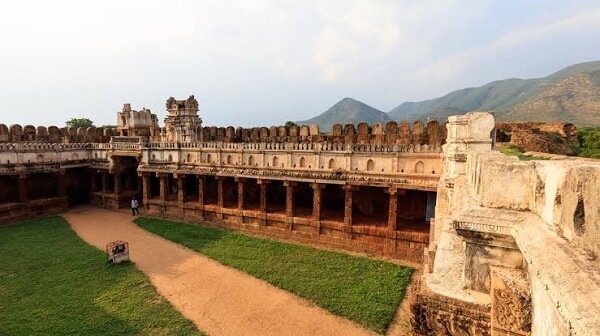
Siddavatam is a fort and village located in the Kadapa district of Andhra Pradesh. In 1303 CE, Matti Raja, a Tuluva dynasty feudatory chief to the Vijayanagara Empire, built Siddavatam Fort. It is located on the banks of the Pennar River. The fort covers 30 acres (12 ha). Visitors can see gateways and decorated pillars at both ends of the fort. The fort's spire is adorned with Gajalakshmi carvings. It is worth noting that the fort still has the 17 bastions that were once used to protect the area. The fort has an ancillary passage that allows visitors to gain access even after the main gates are closed. It is regarded as the entry point to Dakshina Kashi. The Ranganatha Swamy Temple is one of the temples and masjids housed within its walls. The fort was greatly expanded during the reign of King Varadha Raju, Sri Krishna Deva Raya's son-in-law. When the area was ruled by "Matli Rajulu," this fort was just a mud fort. Later, it was taken over by Varadha Raju. Siddavatam, like the surrounding region of Rayalaseema, has a tropical climate. Summer temperatures typically range between 37°C and 45°C and occur between the months of April and July. During the monsoon season, the climate begins to cool and the river swells, which can be dangerous, especially during the torrential rains that occur from August to October. The months of September to March are relatively cool, with January being the coolest with an average temperature of 18°C. Many tourists come to see the fort that was built here. The Archaeological Survey of India took control of this popular fort in 1956. This location is well-known not only for its fort but also for its numerous temples. Ranganatha Swamy temple, Jyoti Siddavateswara Swamy temple, Panchalingala, and others are among them. There is also a 16-pillar Mantapam dedicated to Bhakara Panthulu, who is also the name of the nearby hamlet of Bhakarapeta. Bhakara Pantulu appears to be a distorted form of Bhaskara Pantulu. 4. Bhagwan Mahavir Government Museum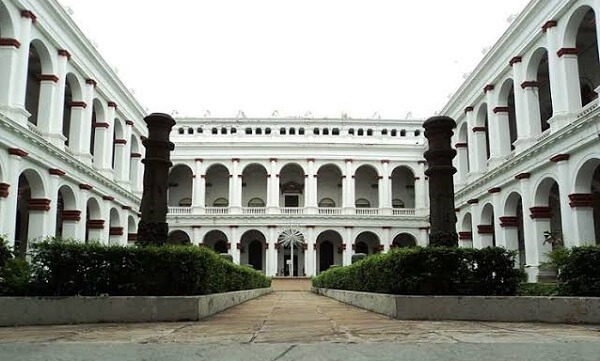
Bhagwan Mahavir Government Museum is an archaeological museum located in the Kadapa City of Andhra Pradesh. It was established in 1982 by the government to protect the ancient artifacts of archaeological importance. It' establishment was funded by a Jain businessman and hence was named after their deity Mahavira. The idols of Lord Ganesha, Lord Vishnu, Lord Hanuman and Lord Shiva are present inside the museum which date back to the period between the 5th and the 18th century. All these antiquities made of granite, dolomite, limestone, bronze icons were found in the excavations carried out at different places of Cuddapah, Hyderabad and Kurnool districts. It contains artefacts with historical significance. Inscriptions from the ancient era can be found here. Here are preserved ancient god idols dating back to the 5th century. The antiques on display were discovered during excavations in Kadapa, Kurnool, and Hyderabad. 5. Sri Venkateswara National Park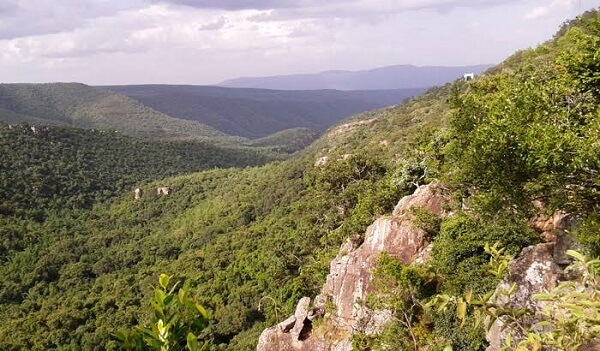
Sri Venkateswara National Park is a biosphere reserve and national park in Tirupati, Andhra Pradesh, India. The park's total area is 353 km2. The park is famous for its waterfalls, which include the Talakona, Gundalakona, and Gunjana. Since the government of India designated the Seshachalam Hills as one of India's biosphere reserves in 2010, this national park has become a part of it. The national park's vegetation is made up of dry deciduous mixed forest with patches of moist deciduous forest in the valleys. The area contains approximately 1,500 vascular plant species from 174 families, many of which are endemic. This region is home to rare and endemic plant species such as red sanders, Shorea talura, Shorea thumburggaia, Terminalia pallida, sandalwood, Cycas beddomei, Syzygium alternifolium, and Psilotum nudum. This national park is home to approximately 178 bird species. The yellow-throated bulbul is a globally threatened bird. The grey-fronted green pigeon, a Himalayan and Western Ghats bird, is common in these forests. The national park is home to the critically endangered Oriental white-backed vulture. Other birds found in the area include the large hawk-cuckoo, blue-faced malkoha, yellow-browed bulbul, Indian scimitar-babbler, and Loten's sunbird. The Asian elephant, which had not been seen in Andhra Pradesh for nearly 300 years, reappeared in the southern part of Chittoor district in 1984. A herd of five individuals broke away in 1993 and moved to the Chamala Valley of Tirumala forests in this national park. The leopard, like the wild dog, is quite common among predators. The golden jackal, Indian fox, small Indian civet, and jungle cat are among the other predators. The sloth bear is a common sight. The main ungulates are sambar, spotted deer, mouse deer, barking deer, four-horned antelope, and wild boar. The nocturnal slender loris may be common, but it is rarely seen. Other interesting species include the Indian giant squirrel and the tree shrew. The most interesting reptile is the gliding lizard, which can be found in deep forested valleys. The Indian golden gecko is another important reptile in this national park. The Indian golden gecko was discovered in 1985 in the same rocky ravines of the Eastern Ghats where it had previously been reported. 6. Pushpagiri Temple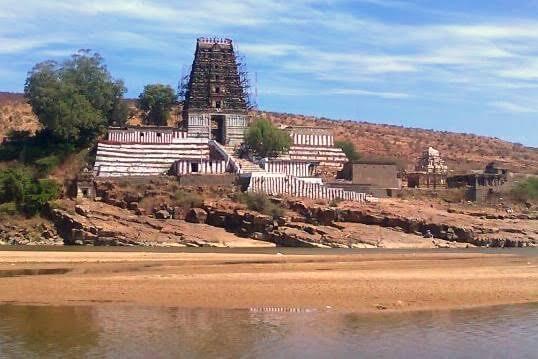
Pushpagiri Temple Complex is a temple complex in the Andhra Pradesh district of Kadapa. It was founded around the 7th century CE and houses some of the region's oldest temple congregations. There are several legends surrounding the temple complex's origin. According to legend, it was created during the Satya Yuga when Garuda accidentally spilled a drop of ambrosia into the surrounding lake while freeing his mother from slavery. Another legend says that during the Treta Yuga, Lord Rama worshipped Lord Vaidyanatheswara here, and the flowers used in the process accumulated to form a flowery mound, hence the name Pushpagiri. The architectural styles of the Pushpagiri temple complex range from the age of Ikshvakus to modern chieftains who served under the Vijayanagara empire's kings. Cuddapah district's geographical location with mountainous boundaries gave rise to a number of local feudal kingdoms that have long resisted the onslaught of foreign rules (both Indian and foreign). The temple complex has a documented history dating back to the early Ikshvakus and the local Zamindars who ruled the area. It contains relics from the Ikshvakus, Pallavas, Cholas, Chalukyas, Rashtrakutas, Vaidumbas, Kayasthas, and Vijayanagara empires, to name a few. The Vaidyanatha Swamy temple is a magnificent structure adorned with numerous rock-cut sculptures and reliefs of Hindu Gods and Goddesses. This is the most striking and clearly ancient temple, with the Srichakra in Kamakshi's shrine on the left as one enters the temple from the northern tower-gate. The entire temple is made up of two shrines, one dedicated to Vaidyanatha Swamy and the other to Kamakshi Devi, and is surrounded by various Hindu deity idols and Hero-Stones excavated and preserved by the Archaeological Survey of India (ASI). 7. Vontimitta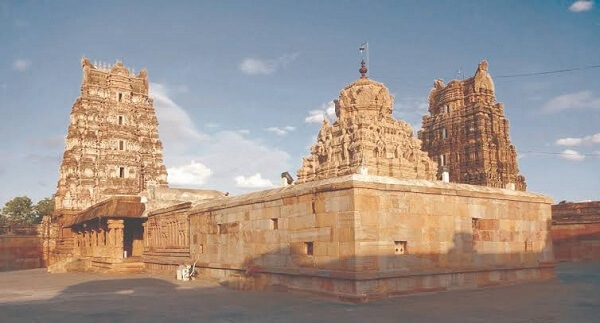
Vontimitta or Ekasilanagaram is a village in the Indian state of Andhra Pradesh's Kadapa district. It is situated in the Vontimitta Mandal of the Kadapa revenue division. The village is well-known for the Kodandarama Swamy Temple, Vontimitta, which is famous for its architecture and art. The temple was described as "one of the grandest pagodas in all of India" by French traveller Jean-Baptiste Tavernier. The temple is a centrally protected monument. Vontimitta is said to have derived its name from the names of two people, Vontudu and Mittudu. These two assisted a king named Kampana, who was camped with his army at this location, by displaying the water of Ramatirtham to quench the thirst of the king and his fellowmen. The king was so pleased with them that he named a village after them. King Kampana could be Kumara Kampana, son of King Bukka Raya I. Vontudu-Mittudu was later shortened to "Vontimitta." Kampana also constructed a Rama temple here. 8. Ameen Peer Dargah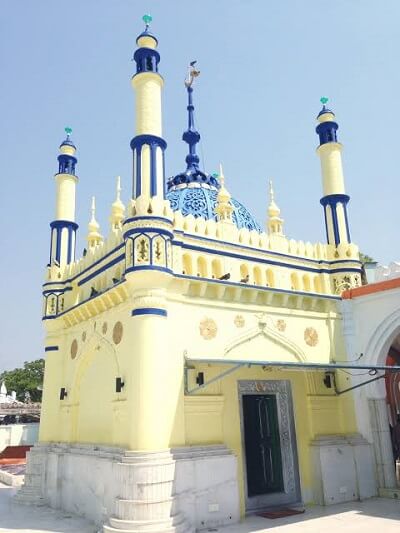
Ameen Peer Dargah in Kadapa City is an example of the communal harmony preached by great saints and sages in ancient times. On Thursday and Friday, pilgrims of all religious faiths flock to the 300-year-old shrine to seek the blessings of saints Peerullah Hussaini and Arifullah Hussaini II, who are buried here. Followers of the ameenpeer dargah believe that any wish made at the shrine is always granted. The shrine is attended by a large number of Hindus, Muslims, and people of other faiths. The descendants of the family wear saffron dresses, and the disciples wear a saffron cap. Hi There is a large hall with a number of tombs along the east-west axis. He has the highest tomb among them, and his Urs is celebrated in Jamadi'ul Awwal (5th lunar month) of the Muslim calendar. It is South India's largest Urs. Aasthana-e-Maqdoom'ullahi refers to the entire mausoleum complex.
Next TopicTourist Places In Ukraine
|
 For Videos Join Our Youtube Channel: Join Now
For Videos Join Our Youtube Channel: Join Now
Feedback
- Send your Feedback to [email protected]
Help Others, Please Share










